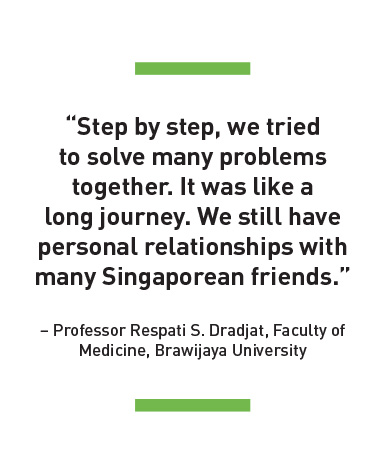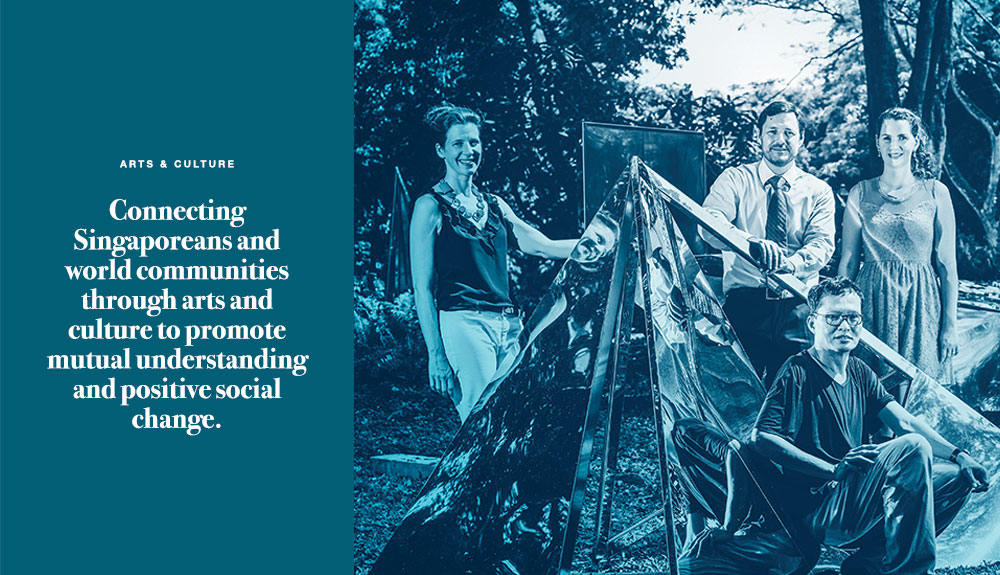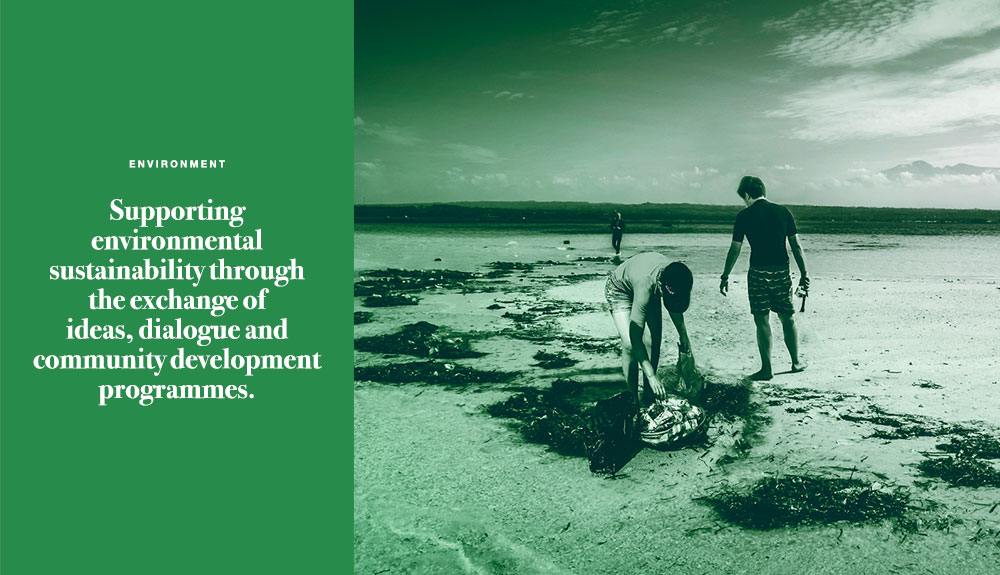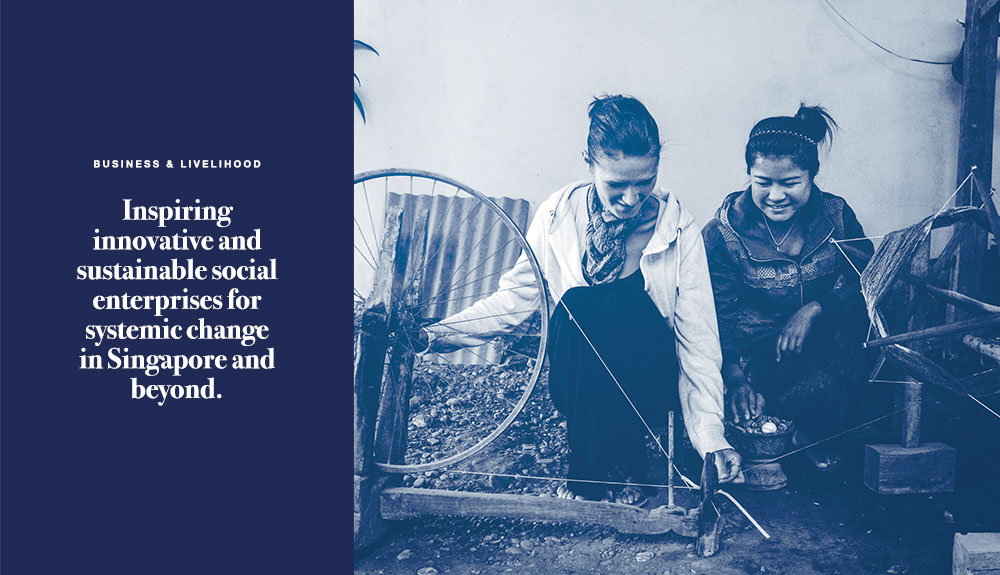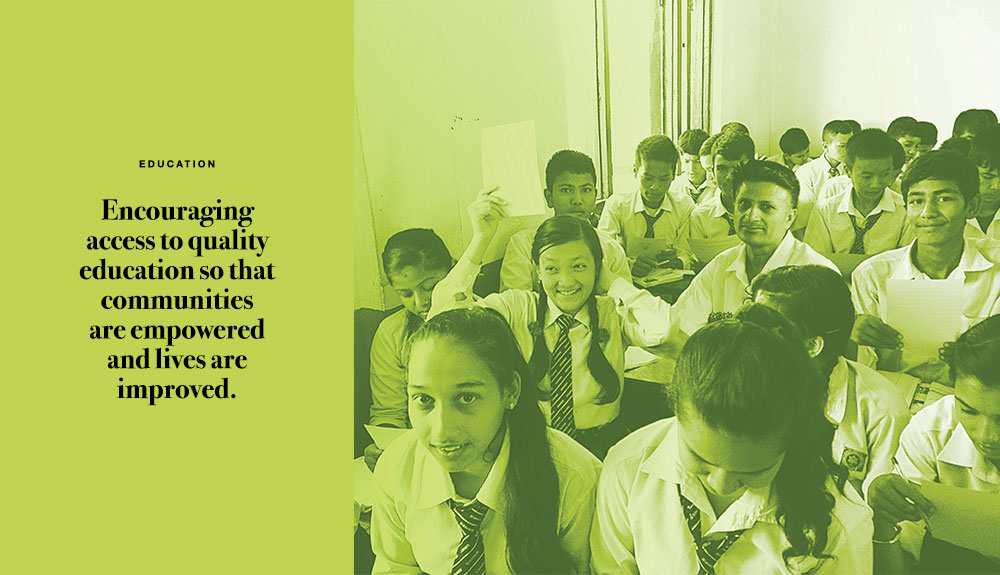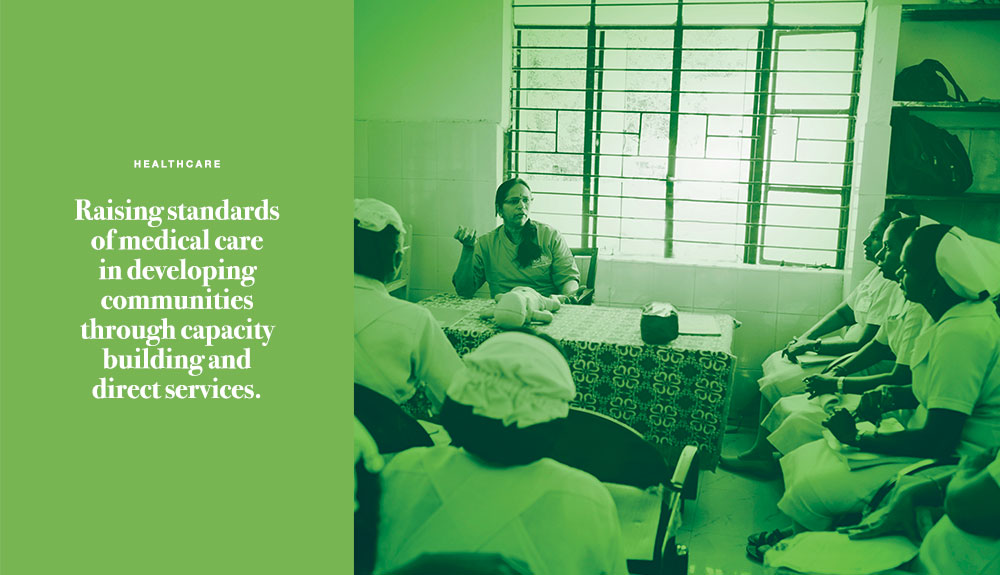
He has been described as a champion volunteer, giving much of his time and skills to humanitarian medical missions abroad.
In the late 1990s, Professor Venkataraman Anantharaman led a highly successful Singapore International Foundation project to enhance emergency medical services in Indonesia. He was then head of the Department of Emergency Medicine at Singapore General Hospital (SGH), Singapore’s largest primary and acute care hospital.
The Malang Trauma Project lasted nearly seven years from 1997 to late 2003. Some 96 medical volunteers from Singapore trained doctors in the East Java city in emergency care, including life support and postgraduate programmes.
The project benefited the Faculty of Medicine of the Saiful Anwar Hospital, the Faculty of Medicine of the Brawijaya University and the Provincial Health Department of East Java.
Prof Anantha, as he prefers to be called, is now 64 and a senior consultant at SGH. He says: “The Malang Trauma Project was not an effort to provide a one-off assistance to a neighbour in need. It was a sustained effort to teach friends how to fish.
“The concept of humanitarianism should involve the need to care for the future welfare of the communities we go into. This is what builds lasting friendships and tolerance and promotes better understanding.
“Such missions also allow us to reflect on how we do things back home and provide us with opportunities to review the basis for the systems we have in our own country. It teaches our volunteer teams humility, patience and the need to make that extra effort to reach out to the less fortunate in society to better understand their needs.”
Sparking a chain reaction
By the end of the project, Malang had a formalised regional emergency care system, which included a standardised emergency telephone number for the public and a trained paramedic crew working with a common ambulance pool.
The Saiful Anwar General Hospital soon became a model for other hospitals in Indonesia to emulate. As word spread about Prof Anantha’s work in Malang, doctors and medical care administrators from around Indonesia travelled to the East Java city to learn how to replicate the methods at their hospitals.
Over time, graduates from the project moved elsewhere in the country to work at hospitals and start training programmes based on what they had learnt. Says Prof Anantha: “It was great because they became ambassadors. Many have become specialists at their respective universities and hospitals.
“We are proud of them and obtain a sense of satisfaction that all the efforts made in those years had borne fruit. We also appreciate that they look up to us as their teachers and mentors.”
Today, many of the medical and nursing staff in both countries work with one another on academic and developmental projects in emergency care. Senior doctors at SGH’s Department of Emergency Medicine have also been invited to Malang repeatedly as external examiners. These invitations, says Prof Anantha, were “a mark of the respect they have for us and a reflection that they regard us as friends they can turn to for help in upgrading their doctors’ knowledge and skills”.
But building those bonds was not easy at first. The volunteers had to overcome the perception that “Singaporeans are materialistic and know-it-all”, says Prof Anantha.
So he made it a point to be very humble and “to sit down, chit-chat and connect in the evenings with the Indonesians we worked with”. “We told them we are friends and here to implement international – not Singapore – best practices to help reduce their high trauma mortality rate.”
In the hospital, the volunteers often also asked for the local trainees’ ideas and suggestions, and sought the help of the senior doctors there “to demonstrate that we respect their seniority and their level of proficiency”. “It helped to smooth over many potential rough patches,” says Prof Anantha.
Those friendships grew. He fondly remembers how each visit to Malang would include dinner, karaoke and a tennis match, which he would invariably lose to his new friends. He says: “Friendships were built not just during work in the hospitals but also outside.”
Friendship for good
It has been more than a decade since the project concluded and two years since Prof Anantha last visited Malang. Yet his friendships with his peers in Malang remain strong. When they visit Singapore, they often reconnect over a meal.
His friends include Professor Respati S. Dradjat, from Brawijaya University’s Faculty of Medicine. He had been head of Saiful Anwar Hospital’s emergency department when Prof Anantha was on the trauma project.
Prof Respati recalls: “Step by step, we tried to solve many problems together. It was like a long journey to develop emergency medicine and nursing in the country. We still have personal relationships with many Singaporean friends like Prof Anantha, as they still pay attention to what we do here.”
That includes the on-going discussions among hospitals in Jakarta, Bandung and Malang to standardise the different emergency care systems in the three cities. As Prof Anantha explains: “These old friendships became very useful because these potentially high-conflict meetings became meetings among friends.”
One of the strongest impressions of reciprocal friendship made on Prof Anantha was when the former president of the Malang Surgical College flew to Singapore to visit him at SGH, just to pass him some books he thought would be useful for new volunteer projects being planned in Indonesia.
Prof Anantha says: “It indicates a deep respect and friendship that has developed, in spite of many areas of disagreement and potential envy and distrust that could have existed.
“It indicates both of us have made efforts to bridge differences in perspectives, and shared thoughts and ideas freely.”
The good doctor hopes that similar friendships can be forged just as strongly on his volunteer work with other organisations. He is currently involved in another healthcare project in Indonesia to set up a disaster medical training system in Makassar in south Sulawesi, and has also volunteered for disaster medical missions in the Philippines and India.
“I am here to serve and I am happiest when I serve well,” he says, with his big smile. “For me, nothing beats a patient saying thank you. It is even better than the monthly salary day.”

